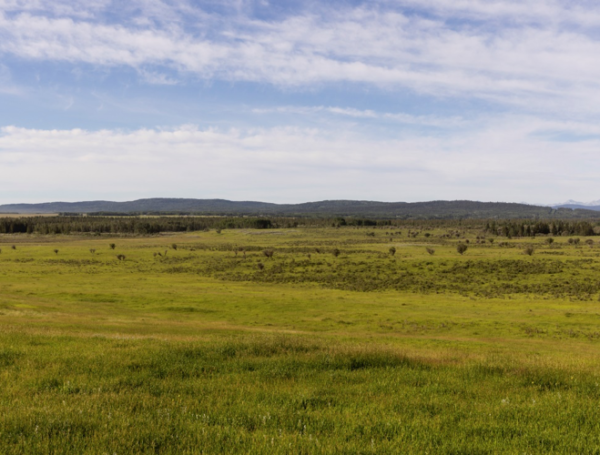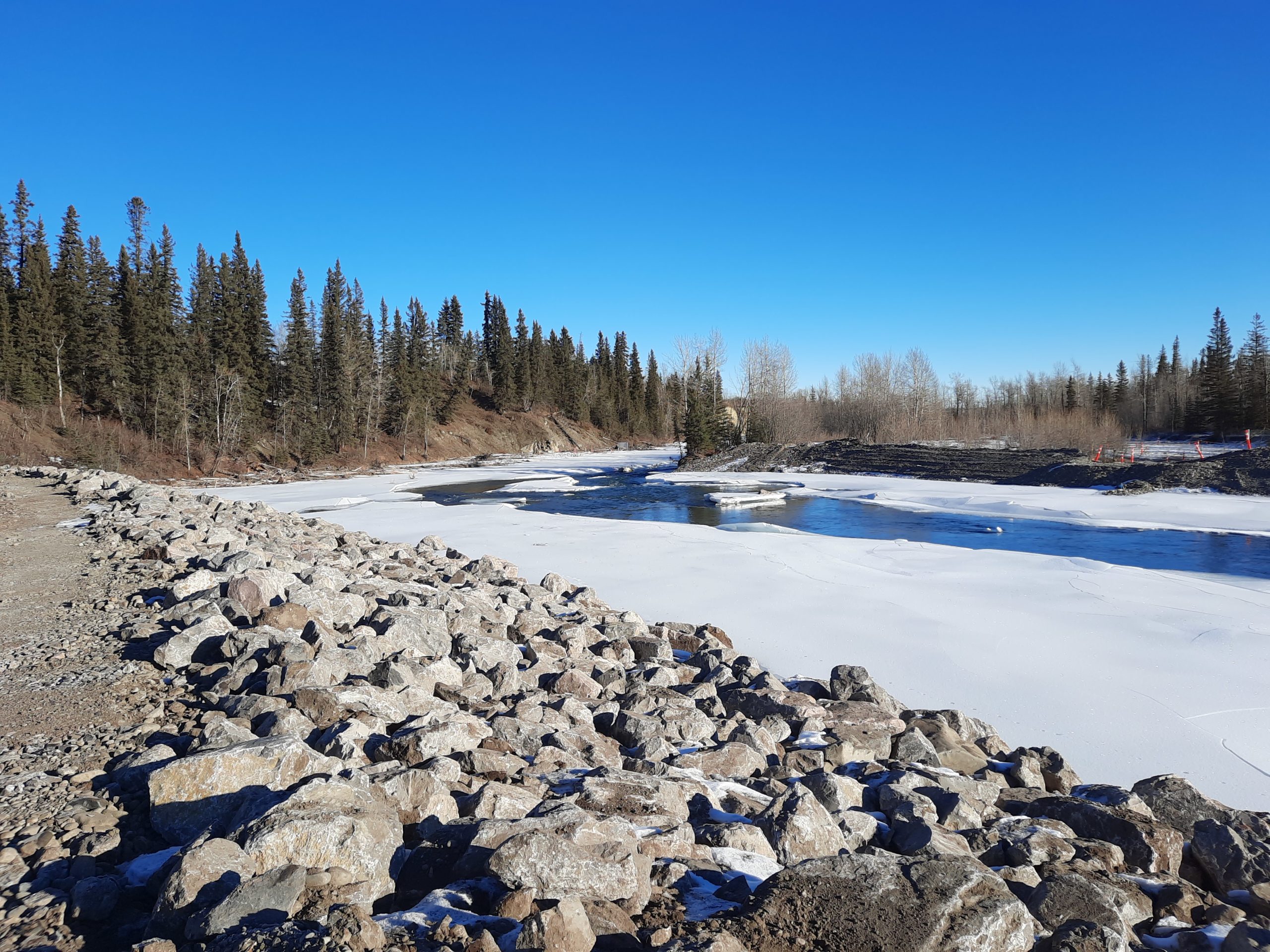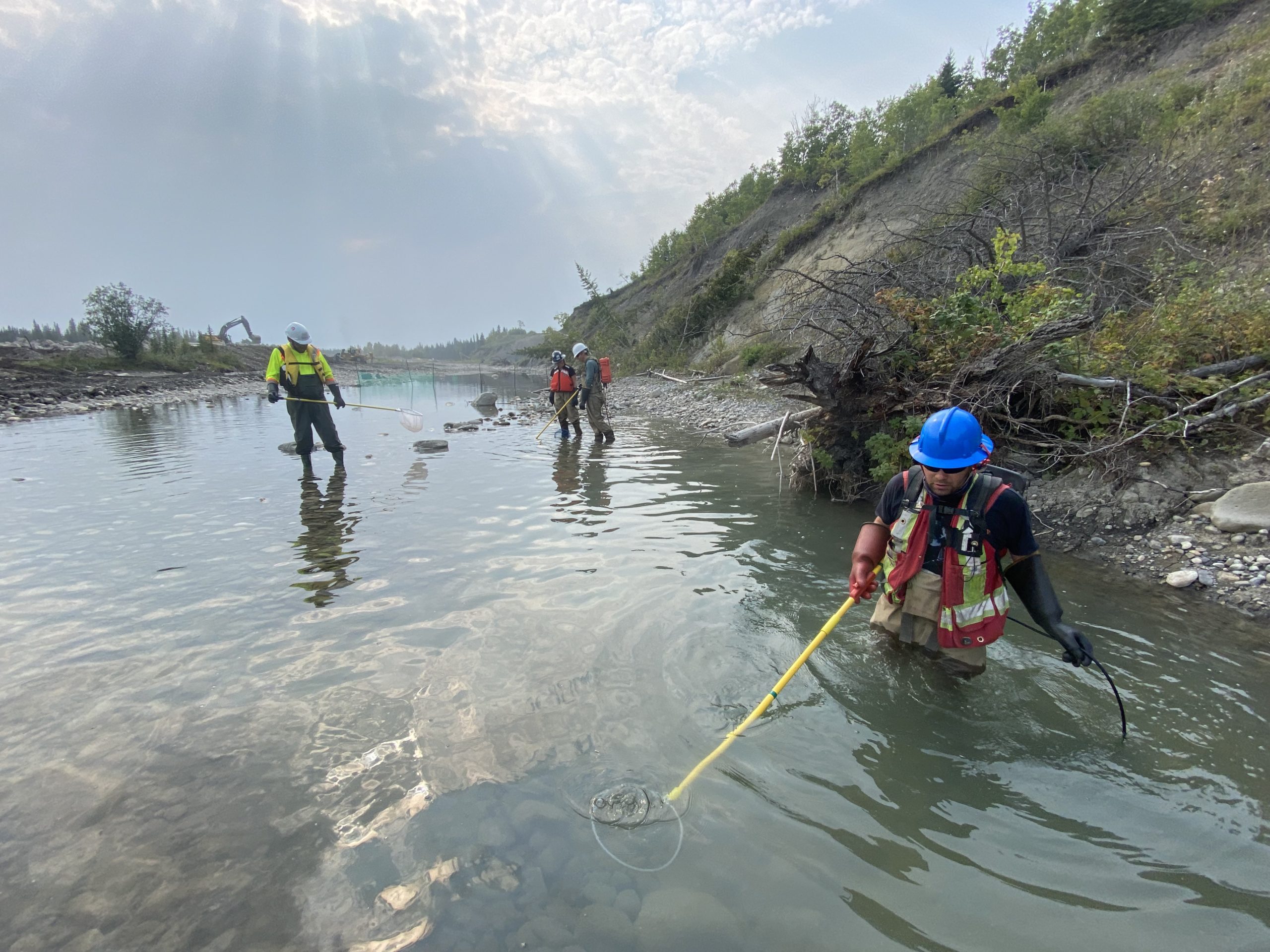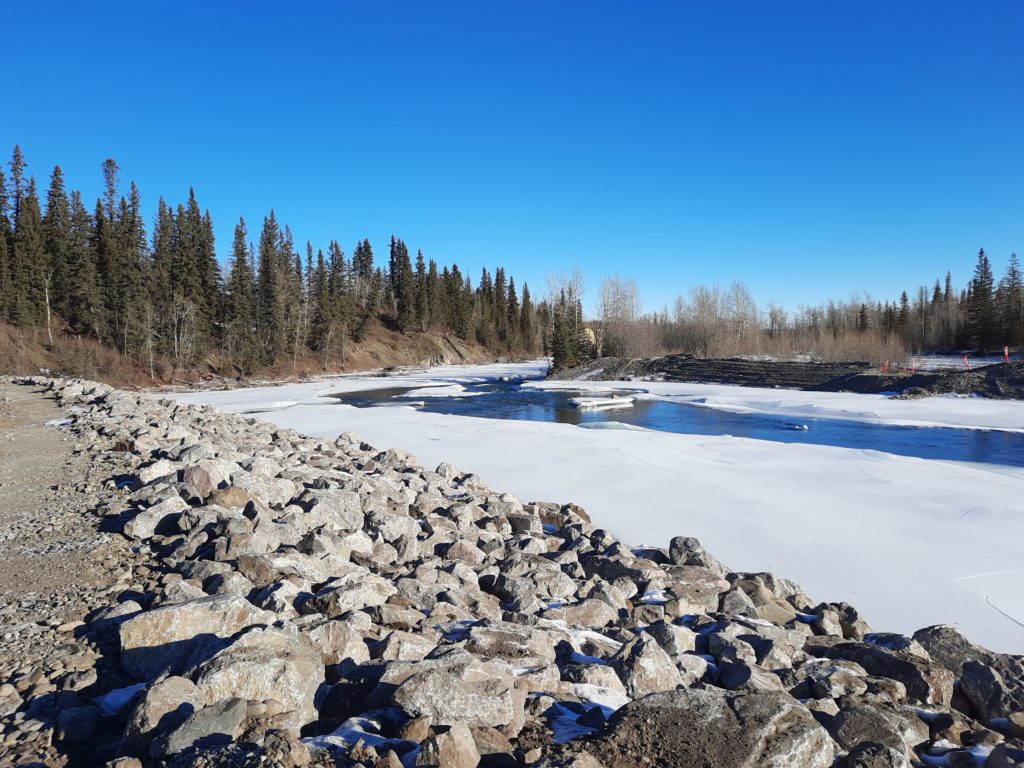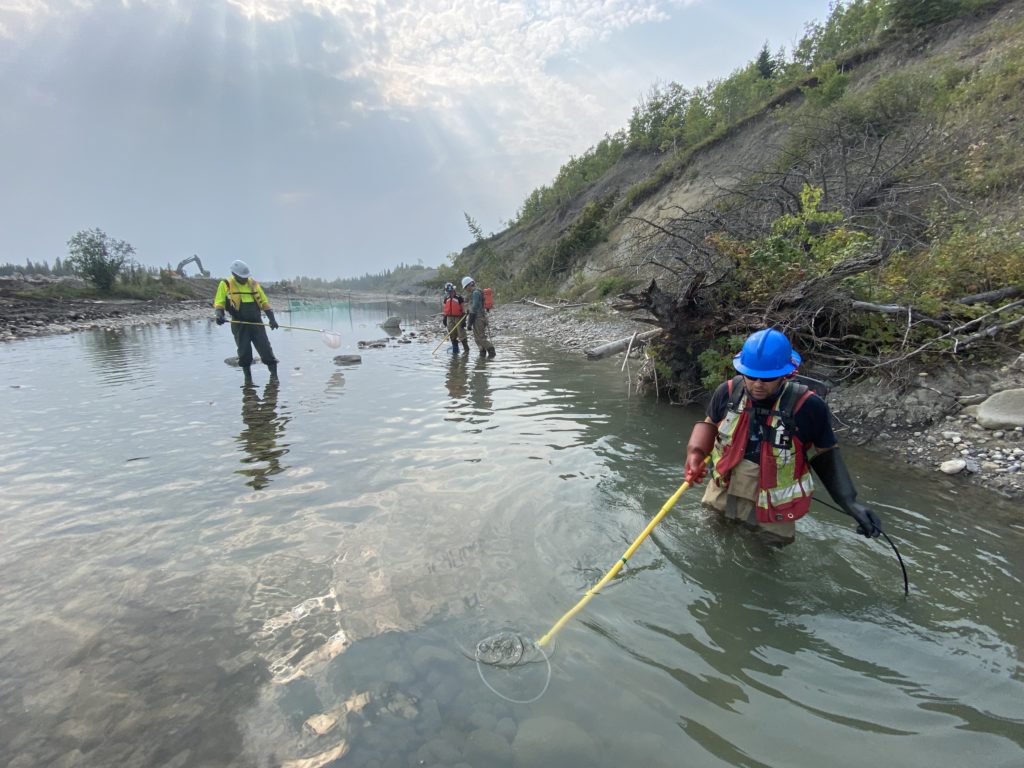We use cookies on our website to give you the most relevant experience by remembering your preferences and repeat visits.
By clicking “Accept”, you consent to the use of ALL the cookies.
Regulatory
The Springbank Off-stream Reservoir (SR1) Project has been designed to minimize environmental impacts and mitigate many of the concerns that were raised through the regulatory and engagement processes.
The mitigation measures and controls were developed to minimize the impacts from construction activities. Mitigation measures are implemented and maintained by the Contractor over the course of construction and are regularly monitored for their effectiveness.
All construction site staff and personnel are trained on site to ensure the targeted environmental protection measures as listed in the project contract requirements, are effectively implemented on the project.
Fish habitat & passage
SR1 has been designed to allow fish to pass without hindrance through the service spillway of the diversion structure when the facility is not diverting water.
Construction will avoid restricted activity periods whenever practical, and flows in the Elbow River will be maintained during construction to allow fish passage.
Offsets for impacts to fish and fish habitat (including impacts to bull trout habitat) will be completed as per Fisheries and Oceans Canada requirements (DFO). As part of the construction schedule, the Elbow River was temporarily diverted in September 2022 to allow for the construction of the permanent flow regulation/diversion structures in its former riverbed. This specific work was executed in accordance with the Water Act approval and included turbidity monitoring supervised by a Qualified Aquatic Environment Specialist as well as a significant preventive fish salvage operation. This operation lasted 10 days and a total of 640 fish were captured, identified, measured, weighed and then released further downstream in the Elbow River. One Bull Trout, a protected species, was encountered among the 640 fish salvaged. The fish salvage was followed by an Indigenous Monitor.
Air quality during construction and operation
Air quality is monitored at the SR1 site throughout construction.
During construction, air quality data is used to determine if additional dust control mitigation measures are required. Dust abatement measures include spraying water on haul roads and gravel roads or utilizing a calcium chloride approved mix (as applicable) for limiting water resources consumption.
Please visit the following link: https://www.alberta.ca/springbank-off-stream-reservoir.aspx for more information regarding air quality and dust control.
Water resources and native soils protection
Prior to construction, surface water and groundwater were assessed to understand the potential impact that construction and operation of the project may have.
Surface water running onto the project area is directed away from active construction using silt fence or small ditches. Water leaving the construction areas is controlled using silt fence, straw wattles, ditches and sediment ponds. The water is monitored to ensure it is of the same or better quality than the water body it is entering.
Some of the water captured in the construction area from rain or snow is used to aid construction and mitigation measures (e.g. dust control, earthworks material humidification and concrete curing). This water may be supplemented by other approved sources as required.
Seeding of stripped and replaced topsoil is completed as the work progresses to minimize the effects of the wind and rain erosion.
Wildlife & vegetation
Wildlife mitigation for the project is as follows:
- Wildlife-friendly fencing will be installed along the project perimeter, to help maintain wildlife movement into and out of the project area.
- Wildlife movement may be altered during construction due to noise from construction activities.
- During construction, before any operation that has the potential to disturb the ground (tree clearing, stripping, grubbing), a wildlife sweep is performed by a wildlife specialist; the aim is to protect wildlife, and minimize impacts.
Heritage & archaeology
As required by the Impact Assessment Agency of Canada (IAAC), Indigenous Monitors are present on site during construction to assess the implementation of the requirements set out in the IAAC Decision Statement, including archaeological and heritage management. Anything that may be of historical or cultural importance identified by the Indigenous Monitors or the construction crew is assessed by an archaeologist and reported to Alberta Culture (as per the Historical Resources Act).
Dam safety requirements
Alberta Environment and Protected Areas (AEP) is the custodian of the Water Act and relevant regulations, directives, and codes of practice. The safety of dams and canals is administered through the implementation of Part 6 of the Water (Ministerial) Regulation and the Alberta Dam and Canal Safety Directive. This ensures that dams and canals are designed, constructed, operated, maintained, and decommissioned/closed in a safe manner using the best available technologies and best applicable practices (Dam and canal safety | Alberta.ca).
SR1 was permitted through AEP under the Water Act, including the dam safety components, and was approved for construction under these Regulations and Directives.
Resources
See the following environmental resources regarding this project:
- Alberta.ca: https://www.alberta.ca/environmental-assessment-springbank-off-stream-reservoir.aspx#jumplinks-0
- Canada.ca: https://iaac-aeic.gc.ca/050/evaluations/proj/80123
Future land use
Alberta Environment and Parks (AEP) is leading the development of the Land Use Plan for the SR1 development area.
